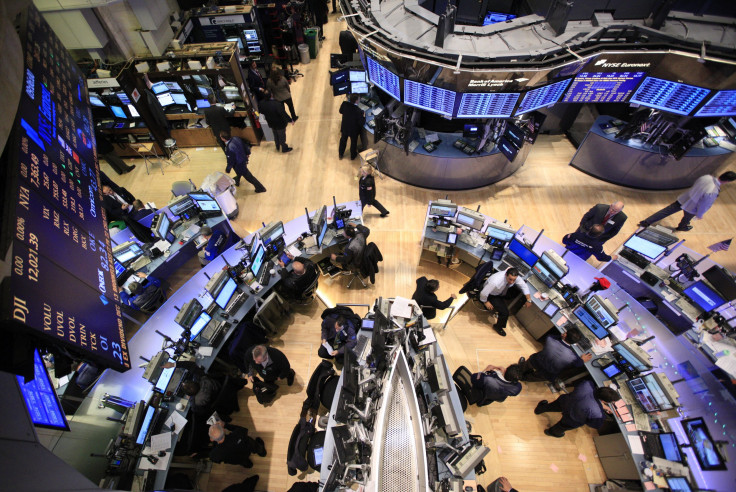Wall Street Undaunted By Budget & Debt Ceiling Shutdowns: Goldman Sachs (GS) Note

Investors don't seem worried about looming government dysfunction out of Washington, D.C., compared to market fears over past policy battles, according to a Goldman Sachs Group Inc. (NYSE:GS) research note on Thursday.
One way to gauge market sentiment is to track broad investment strategy, and it currently shows little sign that fears about government shutdowns have been priced in, wrote Goldman Sachs analysts.
“If investors are worried about a potential government shutdown or impasse over the debt limit, they have not yet used S&P 500 options to hedge that risk,” they wrote.
Similarly, the stocks of companies that rely heavily on government purchases are not pricing in premiums for potential volatility, indicating investor indifference.
“Complacency is even more pronounced on stocks with high government exposure,” wrote Goldman analysts. “Fear priced into options on these stocks dropped over the past few months to new lows.”
Such companies fall into several sectors, most prominently the healthcare and defense industries.
Defense companies such as Huntington Ingalls Industries Inc. (NYSE:HII) and Lockheed Martin Corporation (NYSE:LMT) have massive sales exposure to the government, estimated the analysts, with 99 percent and 97 percent sales exposure, respectively.
Even telecom companies like Motorola Solutions Inc. (NYSE:MSI) and pharma giants like Eli Lilly & Co. (NYSE:LLY) have significant sales exposure of over 50 percent.
The analysts make no judgment on the likelihood of a partial government shutdown, which will happen if budget resolutions aren’t passed by Oct. 1, the start of the fiscal year. They also don’t calculate the likelihood of the U.S. Treasury exceeding its borrowing limits, which will happen by mid-October and require a debt limit increase if government spending continues as normal.
The analysts note that in the past week, declines in the S&P 500 have been modest compared to past policy battles, like the August 2011 debt ceiling debate, the fiscal cliff fears of early 2013, and the onset of sequestration in March 2013.
Leading up to those debates, the key index declined in the range of 4.6 percent to 5.3 percent, with the largest decline happening in November 2012 over fiscal cliff anxiety.
For those interested in cautious investment strategies, the Goldman analysts note that a 5 percent S&P 500 decline would be consistent with past policy battles.
UBS AG (VTX:UBSN) strategists showed more caution in a similar research note on Thursday. They are monitoring bond markets and bond yield upticks, noting that in August 2011 yields rose sharply two weeks before the debt ceiling debate.
“Arguably, U.S. equities are already starting to flash amber having closed lower on each of the past five trading days. That would fit the pattern seen previously” with past policy battles, they wrote.
The reaction of the U.S. dollar and foreign exchange markets is likely to be more mixed, they wrote. Gold markets seem relaxed about potential government dysfunction and largely expect these to be resolved smoothly, UBS precious metals analyst Joni Teves wrote in a note earlier this month.
© Copyright IBTimes 2024. All rights reserved.





















